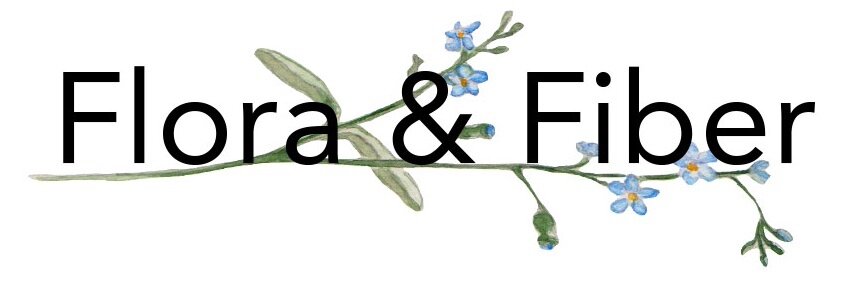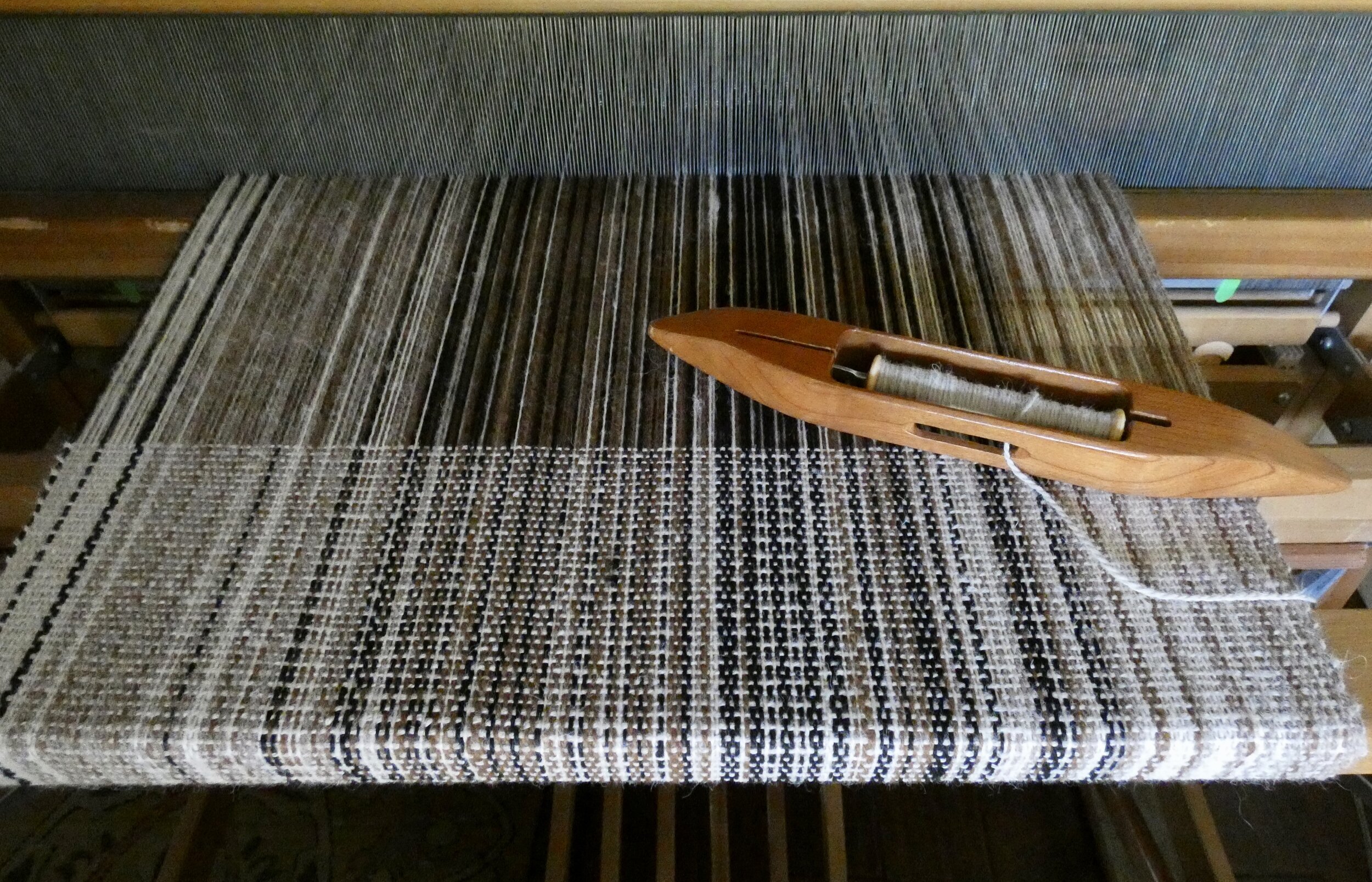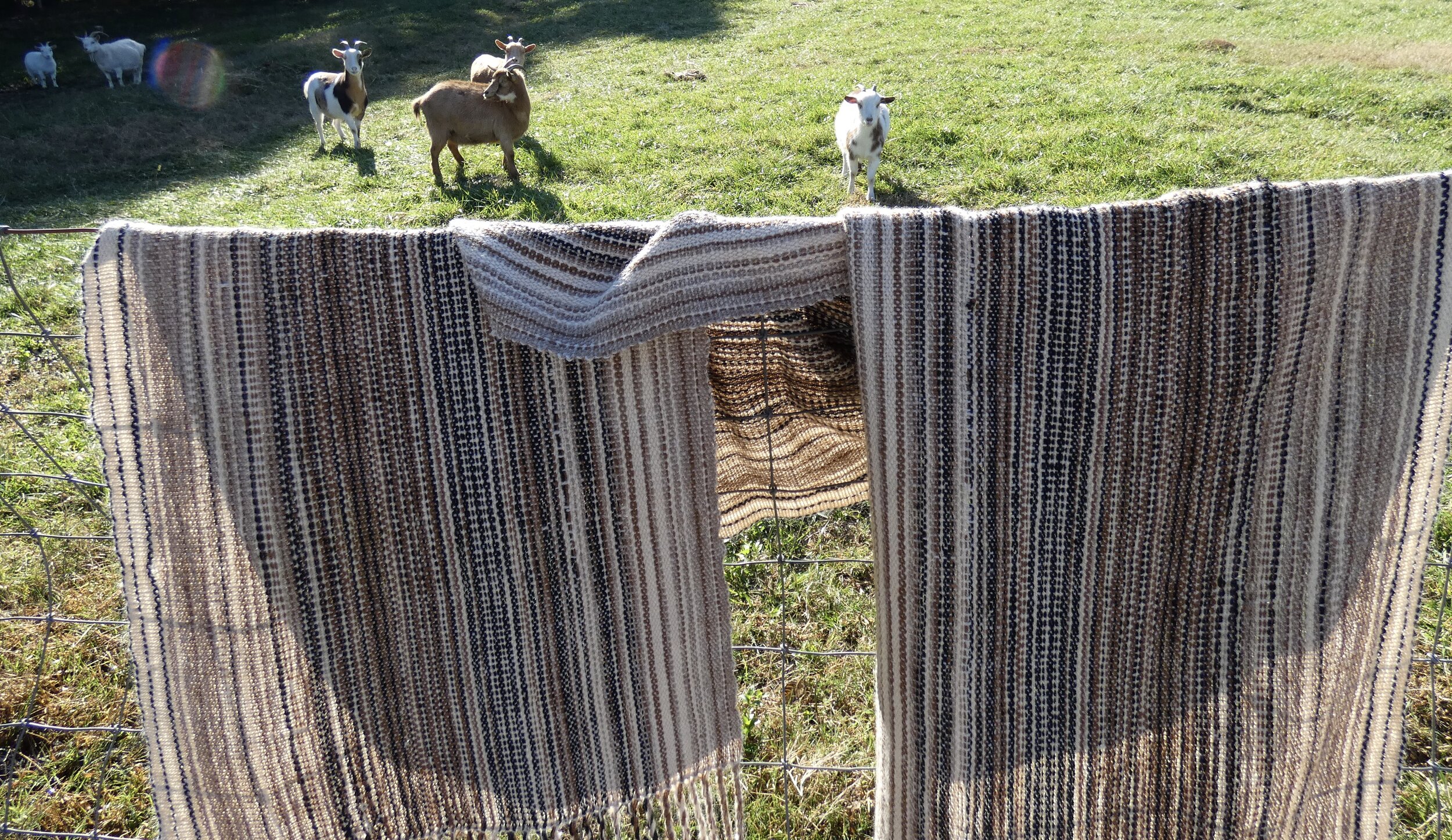My Epic Cloth Project-Part 2
At the end of Part 1 of my Epic Cloth Project , I had completed the preparation and spinning of 1,945 yards of yarn in 5 colors of alpaca fiber. Here’s Part 2, let the weaving begin.
To quickly recap, I based my project on the Natural-color Alpaca shawl Sara Lamb presented in her book 'Spin to Weave'. I planned for a 4 yard warp with 300 warp ends using 4 colors (cream, black, brown and the blended light brown); reserving the beige yarn for the weft.
So the next step, using the weaving software program WeaveIt, I developed the warping plan.
Following Sara Lamb’s recommendations, I designed narrow stripes of each color across the width of the fabric. Not only does this have an esthetic appeal, but practically it helps even out any shrinkage that could potentially occur because of the differences in the various alpaca fibers and spun yarns.
I needed to tweak the color distribution a tad as I had a bit more of some colors than others. Happy with the look of my design, it was time to warp.
When indirect warping I use a warping board that Pete made for me. (He’s the best!) Unlike most people who wind with their warping board hung vertically, I much prefer to warp with it lying flat on a table top. I find that method the easiest and most comfortable.
I hemstitched at the beginning and end of the fabric using bundles of 4 ends stitched over 2 rows. I wove plain weave at 10 picks per inch (ppi) essentially until I could not weave any further on the remaining warp.
Because the alpaca yarn was relatively fuzzy, some of the warp threads wanted to stick together. I remedied this by bringing the beater forward to help make a cleaner shed before throwing a pick of weft. Yes, this made for a slower process, but I was not aiming for speed . . . . after all this was an EPIC project!
Happily, I had only two broken warp threads in 300 ends. And truth be told, I should have known better. Both of those threads were at a spot that was thin and underspun. I saw them when winding the warp, but rather than breaking the yarn and removing those areas, I kept on warping. Note to self - listen to that voice that says, “Don’t do that!”
I had very little draw-in. I did not use a temple.
Sara’s shawl had long fringe, much longer than I typically use on my projects. However, with this wrap it looked so luxurious that I left my fringe lengthy as well - 13 inches prior to twisting.
Using a Leclerc fringe twister, I first twisted 2 bundles of 4 ends clockwise for 20 twists and then twisted those 2 bundles together counter-clockwise for 20 twists.
I soaked the wrap in hot water in my washing machine for about 30 minutes and then spun out the excess water followed by hanging it on the clothesline to dry. Even though I removed dust in all the processes I described in Part 1, there was still a fair amount of grit in the bottom of the washing machine! Dusty little alpacas!
Overall there was very little shrinkage. The finished wrap measures 19” wide and 100” long plus 10” of twisted fringe on each side. I used 1,631 yards of the 1,945 yards I spun; most of the remaining yarn was the beige used in the weft. Like Sara I noted that the fabric is noticeably heavier than the same size item if woven in wool; weighing 20 ounces.
The wrap is long enough to encircle me completely without the ends falling off my shoulders. It also makes a great throw for over your shoulders or across your legs and feet when watching TV. The fabric is cozy warm and has a lovely hand.
It’s hard to photograph 6 feet of fabric, so I thought maybe draping it over the pasture fence might provide a better view.
Of course the goats, being naturally curious, had to observe cautiously at a distance . .
. . . . except the queen bee herself, Daisy May, who had to give her up close and thorough inspection.
Although I can’t say she approved, I’m hoping it wasn’t my weaving but rather her disdain for alpacas!
Despite her assessment, I am quite pleased with both the process and the final outcome of my Epic Cloth project.
























